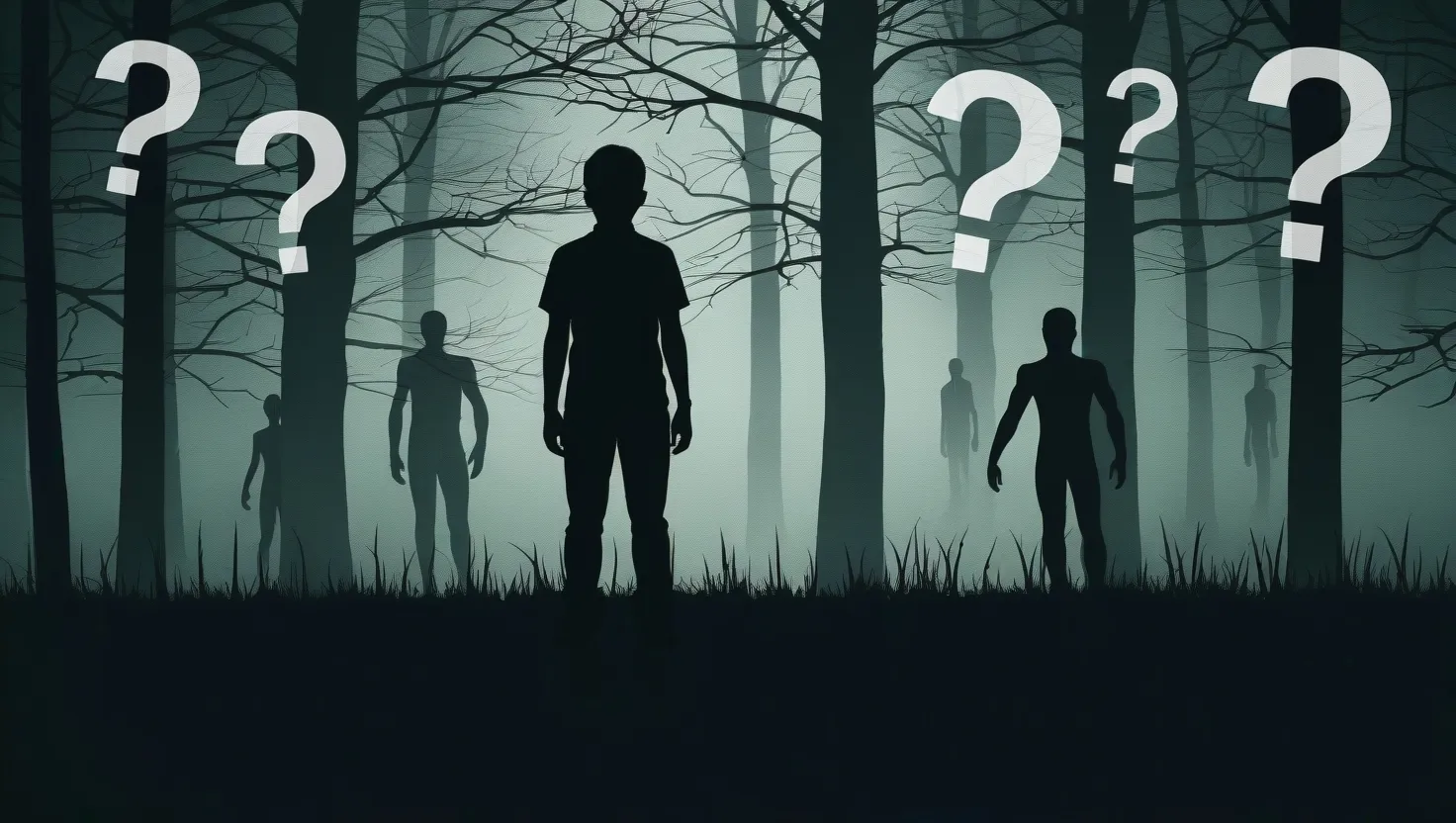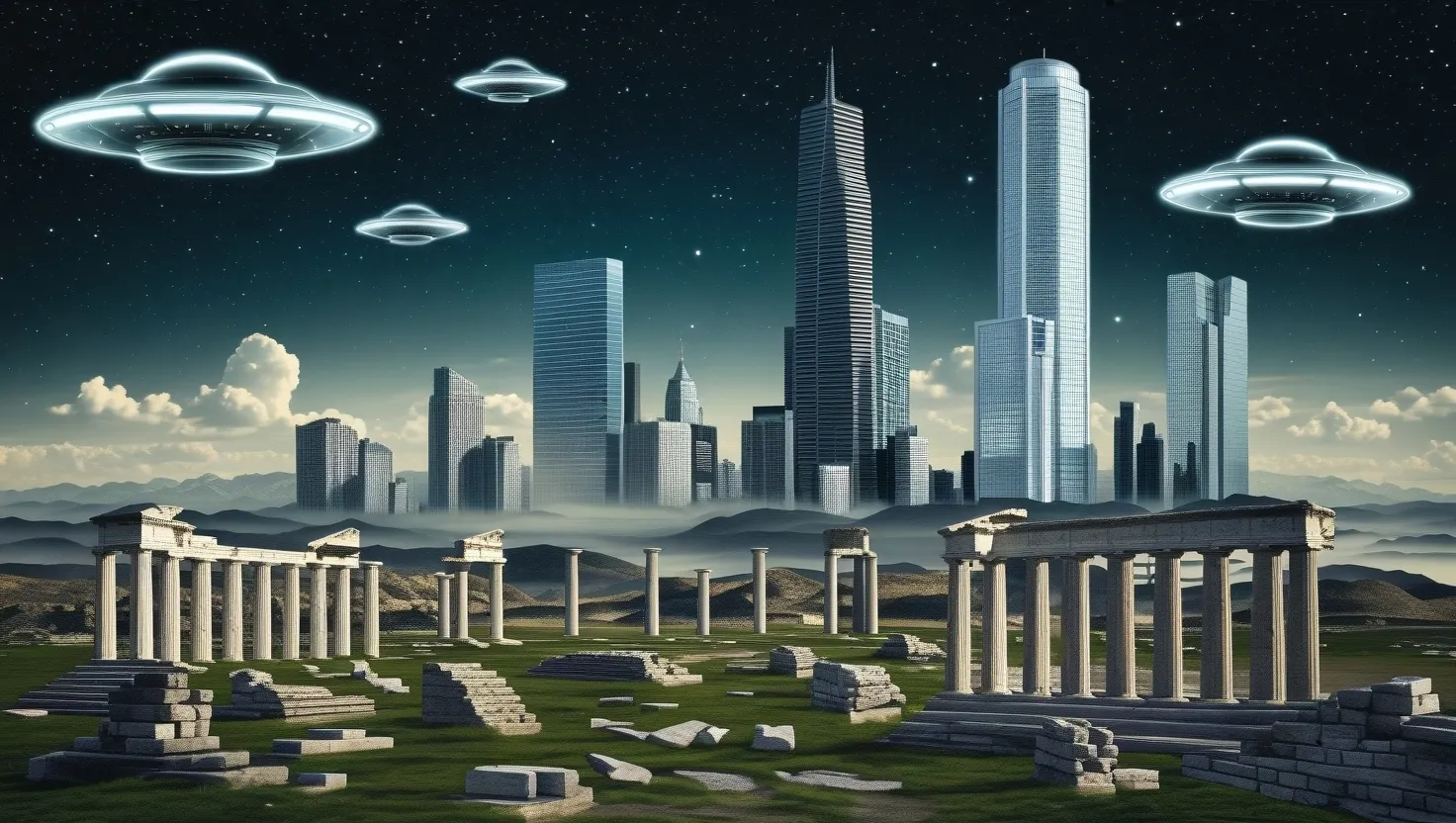The Great Pyramid of Giza: Ancient Power Plant or Pharaoh’s Tomb?
When you think of the Great Pyramid of Giza, what comes to mind? A colossal tomb for a mighty pharaoh? Well, hold onto your hats, because there’s a wild theory out there that’s turning this ancient wonder on its head.
Picture this: instead of a final resting place, the Great Pyramid was actually a sophisticated power plant, generating electricity thousands of years ago. I know, it sounds like something straight out of a sci-fi movie, right? But hear me out, because this idea is more than just a flight of fancy.
Let’s start with the basics. The Great Pyramid’s construction is mind-blowingly precise. Those ancient Egyptians weren’t messing around. The outer casing was once covered in white limestone so smooth you couldn’t even slip a razor blade between the blocks. Talk about attention to detail!
But here’s where it gets interesting. This limestone wasn’t just for show. It was an insulator, like the rubber coating on electrical wires. And inside? The stone blocks were made of a different kind of limestone, full of crystals that could conduct electricity. It’s like they were building a giant battery!
Now, let’s talk about the Giza Plateau. It’s sitting on top of a network of underground water channels. Water flowing through these channels could generate an electric current. And guess what? The pyramid’s shafts are lined with granite, which is slightly radioactive and can ionize air. It’s like they built their own natural electrical cable!
But wait, there’s more! Remember those massive granite blocks inside the pyramid? Granite has this cool property where it can produce electricity when under pressure. And with the weight of the pyramid bearing down on it, plus all that underground water movement, you’ve got yourself a recipe for some serious electrical generation.
And let’s not forget about quartz. This crystal is found in granite and has piezoelectric properties. In simple terms, if you squeeze it, it generates electricity. Imagine the entire pyramid as one giant machine, constantly generating an electrical current.
Now, I know what you’re thinking. “But where’s the proof?” Well, some clever folks have actually built mini-models of the pyramid to test this theory. And guess what? These models can generate electrical charges. It’s not conclusive proof, but it’s pretty darn intriguing.
But here’s where it gets really wild. Some researchers believe the ancient Egyptians were using this electricity for all sorts of things. They might have been powering weaving plants or even using it for electroplating gold. Have you ever seen those incredibly thin gold coatings on ancient Egyptian artifacts? That kind of precision is tough to achieve without electricity.
And it doesn’t stop there. There’s a theory that the Egyptians were producing hydrogen gas inside the pyramid to power an electrical generator. It sounds crazy, but we know they had the materials to make it happen. Iron and vinegar were common in ancient Egypt, and when combined, they produce hydrogen.
But the craziest part of all? Some people think the Egyptians were transmitting this electricity wirelessly. Remember those tall obelisks you see in Egyptian art? They might have been part of a power grid, broadcasting electricity across the land. It’s like ancient Wi-Fi, but for power!
Now, before you go thinking the ancient Egyptians were secret tech geniuses, let’s pump the brakes a bit. This is still just a theory, and plenty of experts aren’t buying it. There’s no solid proof that the Egyptians had the know-how to harness hydrogen as a fuel or transmit electricity wirelessly.
But here’s the thing: even if this theory turns out to be nothing more than a fantastic story, it still tells us something important. The fact that we can even consider this possibility shows just how incredible the Great Pyramid really is. The precision of its construction, the materials used, the complex internal structure - all of these things continue to baffle and amaze us thousands of years later.
Whether it was a power plant or not, the Great Pyramid stands as a testament to the ingenuity and skill of the ancient Egyptians. It challenges our assumptions about what ancient civilizations were capable of and invites us to keep exploring, questioning, and wondering.
So the next time you see a picture of the Great Pyramid, take a moment to really look at it. Imagine the thousands of workers who built it, the engineers who designed it, the pharaoh who commissioned it. And maybe, just maybe, let your mind wander to the possibility that this ancient wonder was more than just a tomb. Because sometimes, the most outlandish ideas can lead us to new understandings about our past - and our future.
Who knows? Maybe one day we’ll crack the code and find out once and for all what the Great Pyramid was really for. Until then, it remains one of the world’s greatest mysteries, a silent sentinel on the Giza Plateau, keeping its secrets close and inviting us to keep exploring, wondering, and dreaming.






